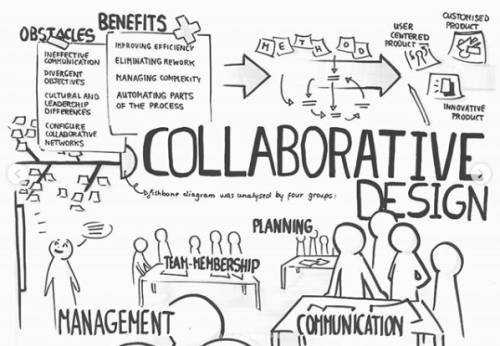A model for successful collaborative engineering – mapping the causes
Successful collaborative engineering practices have demonstrated significant benefits to industry: improving efficiency; eliminating rework due to information inconsistencies; managing complexity and automating parts of the collaborative design process. Despite these benefits, collaborative endeavours fail due to obstacles such as: sharing knowledge through ineffective communication methods; co-ordinating stakeholders with divergent objectives; managing teams with cultural and leadership differences; and configuring collaborative networks towards a long term and strategic vision. Changing innovation landscapes have the potential to radically advance collaborative practices to develop more user-centred, innovative and customised products in a timelier manner. At DESIGN 2018, the Collaborative Design SIG ran a workshop to identify the factors which influence successful collaborative engineering and to model the factors using cause/effect diagrams. The key factors highlight the breadth of scope for understanding and modelling collaborative design success and failure. It incorporates a significant focus on human factors and interaction from social and trust perspectives; requires appropriate consideration of the organizational structure, processes and governance; and is influenced by the construction and operation of teams.
This workshop continues on from the DESIGN 2018 workshop to consolidate this output and establish the approach towards creating a causal loop diagram. This will be the first diagram of its kind utilising the knowledge of experts in the field of engineering design.
This workshop will bring together collaborative design and innovation researchers with the aim of creating a coherent, integrated, and more holistic picture of the collaboration challenges within this open innovation landscape. The workshop is aimed at industrial and academic researchers and practitioners with an interest in Collaborative Design and Innovation. The outcome of the workshop will benefit both domains of researchers by forming the foundation for establishing international relationships. This workshop will be run by the Collaborative Design SIG. The workshop will be chaired and co-chaired by Dr. Avril Thomson and Dr. Ian Whitfield, and facilitated by Mr. Ross Brisco.
This workshop will aim to answer the questions:
- Do the previously identified factors accurately reflect the boundary of successful collaborative engineering?
- Can the factors be modelled in relation to each other towards a definition of successful collaborative engineering?
- How might we evaluate a model of successful collaborative engineering?




